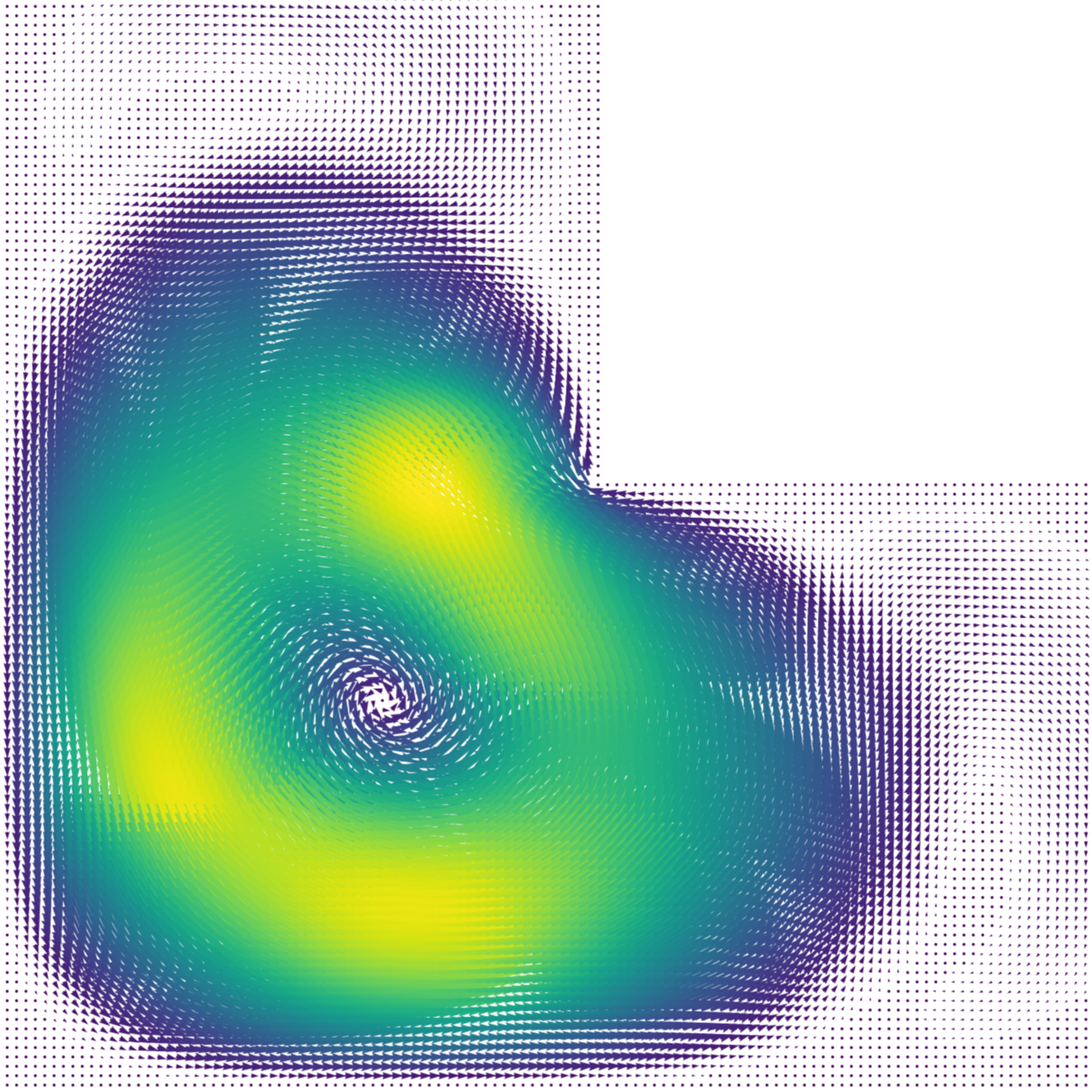
Synthetic data-driven model reduction methods for modal analysis
with Prof. Daniele Boffi, funded by KAUST.
We aim at reducing the complexity of the simulations of large, complex systems described in terms of partial differential equations in the spirit of Reduced Order Methods (ROMs).
As a first step, we considered a reduced order method for the approximation of the eigensolutions of the Laplace problem with Dirichlet boundary condition, see our recent preprint here.



